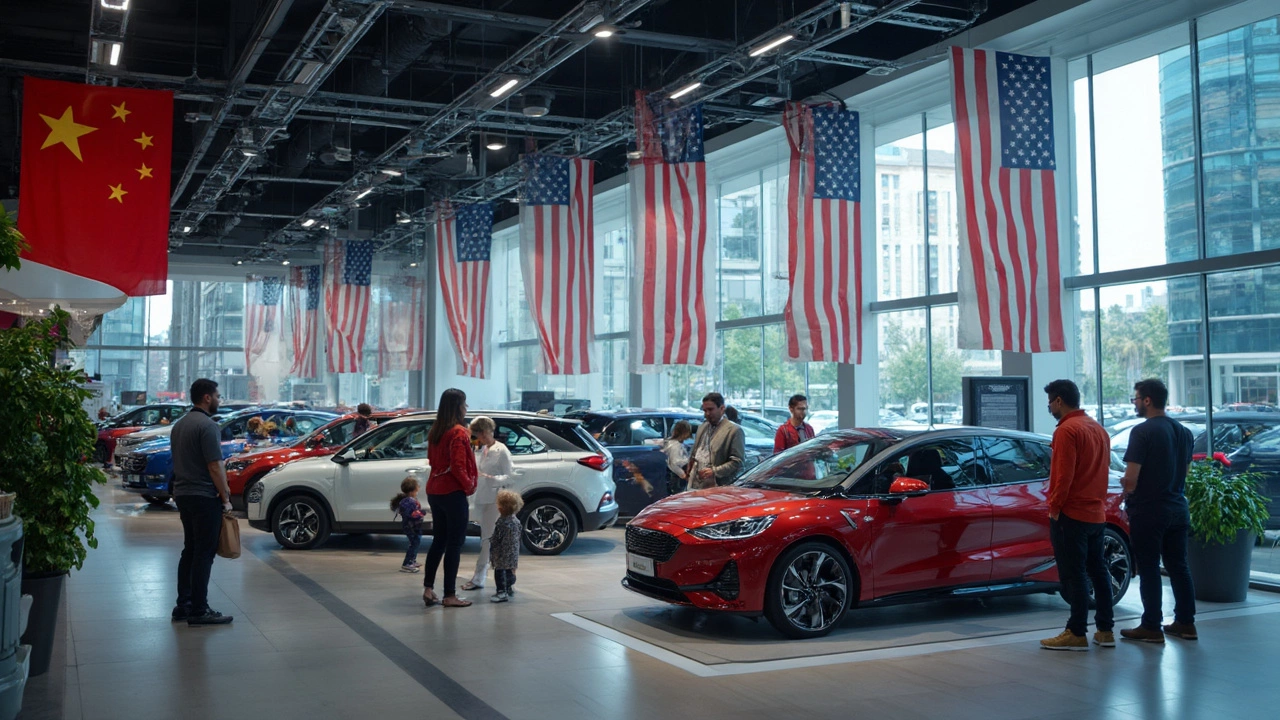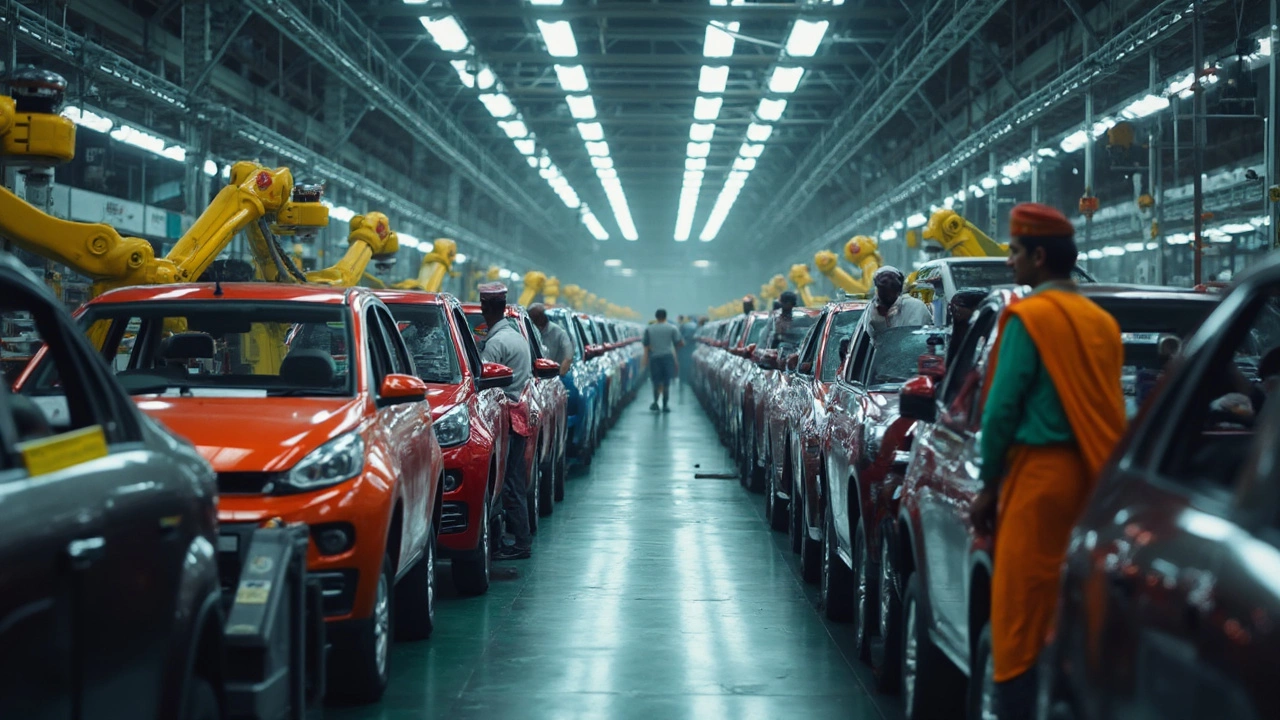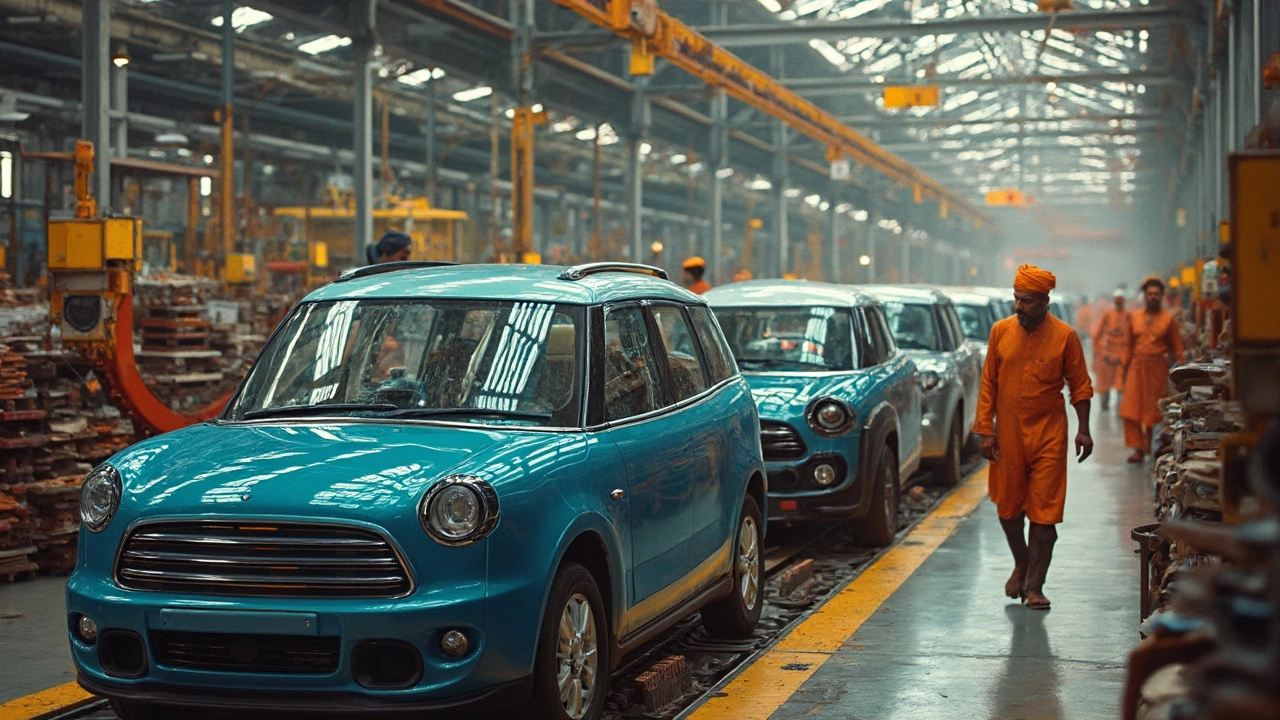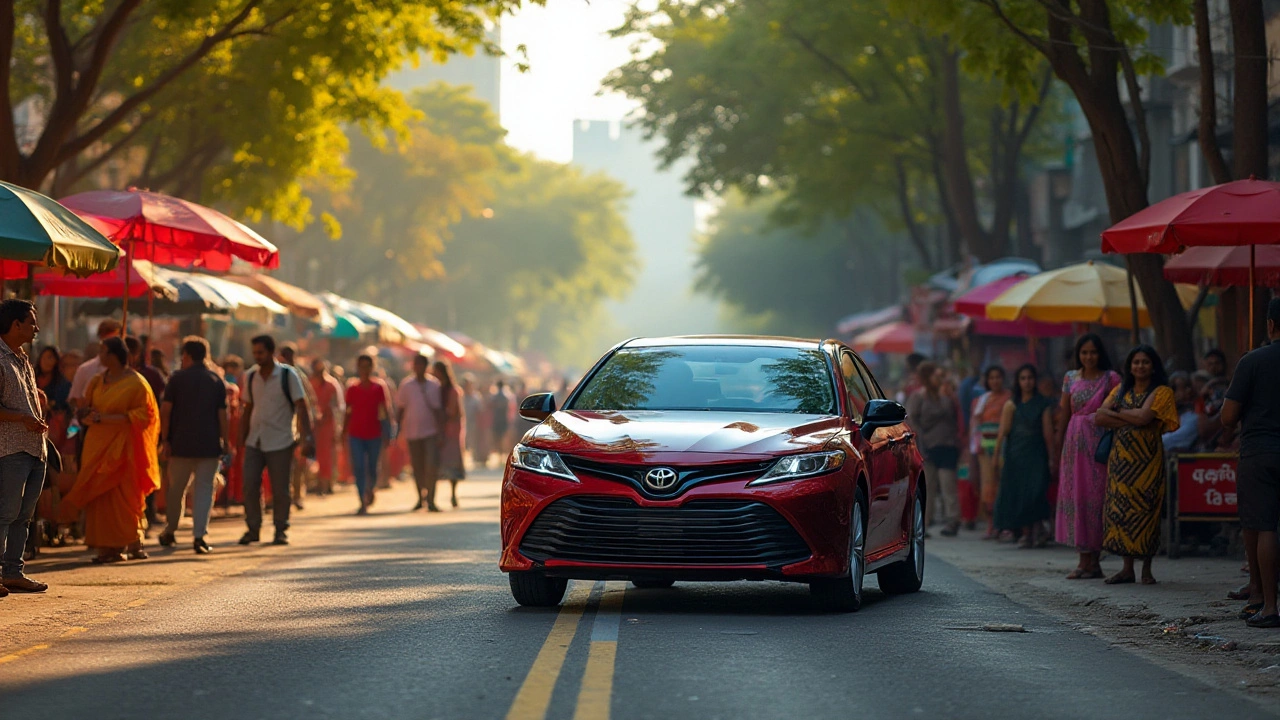Automobile Manufacturing: Trends, Challenges & Plastic Solutions
If you’re curious about how cars are built today, you’ll see a mix of high tech, tight supply chains, and a lot of plastic. The auto sector in India has grown fast, but it also faces rising material costs, stricter emissions rules, and the push for electric models.
Key Trends Shaping Auto Production
First, electric vehicles (EVs) are no longer a niche. Factories are adding battery packs, electric motors and new wiring layouts. That shift means plants need flexible lines that can switch from gasoline to electric models without major downtime.
Second, digital tools are cutting waste. Companies use AI to predict demand, plan inventory and monitor equipment health. When a sensor spots a potential failure, maintenance crews can act before a breakdown stops the line.
Third, localization is gaining ground. Import duties and global shortages have made manufacturers look for Indian suppliers for steel, aluminum and especially plastics. Sourcing locally speeds up delivery and lowers costs.
Finally, stricter safety and emission standards force designers to rethink vehicle weight. Lighter cars use less fuel and meet greenhouse‑gas limits, so every kilogram counts.
How Plastics Power Modern Vehicles
Plastics are the unsung heroes in today’s cars. They replace metal in dashboards, bumpers, fuel lines and interior panels, saving weight and improving fuel efficiency. Advanced polymer blends also resist heat, UV and chemicals, which is crucial for electric power‑train components.
At Urban Polymers India we produce high‑impact plastics that meet automotive quality standards. Our materials are designed for injection molding, so factories can produce complex shapes with fewer parts. Fewer parts mean shorter assembly time and lower labor costs.
Recyclability is another win. Many new automotive plastics are built from recycled content and can be re‑processed at the end of a vehicle’s life. That helps manufacturers hit sustainability goals without sacrificing performance.
Switching to plastic doesn’t mean compromising safety. Modern polymers pass crash‑test regulations and can absorb impact better than some metals. Engineers can tune hardness and flexibility to achieve the right balance for doors, side‑impact beams and interior trims.
To stay ahead, auto makers should partner with plastic suppliers who understand both the material science and the production line. Quick‑turn prototypes, consistent quality and on‑time delivery keep the assembly floor humming.
In short, the auto industry is moving faster, greener and more digital. Plastics play a central role in meeting those demands by cutting weight, speeding up production and supporting sustainability. Whether you run a large OEM or a small parts shop, choosing the right polymer can boost efficiency and keep you competitive in today’s market.
Largest Car Plant in India: Suzuki Motor Gujarat’s Massive Footprint Explained
Discover why Suzuki Motor Gujarat is India's largest car plant, how it operates, what sets it apart, and what that means for car manufacturing in India.
Are Any Cars Made in China Sold in the US? The Surprising Truth
Ever wondered if cars made in China are actually sold in the US? This article digs into which Chinese-made cars are hitting American roads, why big car companies are building in China, and how tariffs and politics shape what gets sold. You'll get concrete examples, surprising facts, and find out how this all matters for buyers and automakers. If you're curious about the global car industry or thinking of buying a new car, you’ll find practical info right here.
Most Manufactured Car in the World: India's Role in Auto Making
Discover which car has claimed the title of most manufactured in the world and learn about India's significant role in the automotive industry. This article delves into production numbers, India's contributions, and insights into why certain models dominate the industry. It offers a look at how India's manufacturing capabilities are shaping global auto trends. Get useful tips on what makes these cars popular and efficient.
Why Are Indian Cars So Expensive?
Indian cars often surprise buyers with their high price tags, a result of various factors intertwined in the automobile manufacturing landscape. Taxes, import duties, and premium features play significant roles in driving up costs, while supply chain logistics add another layer of complexity. Understanding these elements can offer consumers valuable insight into why owning a car in India might burn a hole in the pocket. Delving into key aspects can clarify how these factors affect the final price.
India's Super Car: Unveiling the Nation's Auto Marvel
India's super car scene has taken a bold leap with cutting-edge innovations and homegrown brands that are setting new standards in the automotive world. This deep dive looks at how the industry is shaping up, what makes these cars tick, and the latest breakthroughs that could redefine your driving experience. With insights into engineering marvels and future trends, this article is your guide to understanding India's pivotal role in crafting high-performance vehicles. Buckle up as we explore how India is driving the super car narrative forward.
Why Camrys are the Go-To Cars for Indians: An In-Depth Look
The Toyota Camry has become a significant car choice among Indian drivers, thanks to its reliability, comfort, and sophistication. This article delves into cultural preferences, economic factors, and manufacturing aspects that make Camrys particularly appealing. We'll explore the combination of design, performance, and the growing automotive industry in India. Discover why the Camry continues to hold a unique spot in Indian garages and how it aligns with the evolving needs of Indian consumers.





